Romania: Carpathians and Danube Delta
|
Although it’s a port, Tulcea is not on the coast, but rather some 70km inland at the source of the mighty Danube delta. We loaded up onto our floating hotel (=river boat), and set off at dawn the next day. We spent three days shuffling between the main boat and the much smaller observation launch, exploring a huge selection of the delta’s habitat types, from choked eutrophic lagoons, to floating islands, to sandy former spits and bars, to endless kilometres of reed-fringed channels. As inland, small bird activity was low (Thrush Nightingale only heard, one Collared Flycatcher – but many Bearded and Penduline Tits, Reed and Great Reed Warblers and so on), but there were plenty of “big things” to look at. Highlights included both Pelicans (White outnumbering Dalmatian by about 500:1), Pygmy Cormorant, seven species of heron including excellent views of Little Bittern, Little Crake, a good few migrant waders, Black, White-winged and numerous Whiskered Terns, Roller, Red-footed Falcon, White-tailed Eagle and many Marsh Harriers, Lesser Grey Shrike and lots more. Insects were again a big feature, with the very localised Freyer’s Purple Emperor seen well, plus stacks of dragonflies and damselflies. Frogs were simply everywhere (many being eaten by the abundant Squacco Herons – we counted over 200 on one lake). Mammals again featured prominently, although the value of two Musk Rats was quickly upstaged by a very showy, fearless Golden Jackal. Finally back on dry land, we had a couple of days exploring the Dobrogrea coastal plain, focussing on dry grasslands and steppe inland (Saker Falcon, Isabelline Wheatear, Woodchat Shrike and so on – plus European Souslik and the rare Latticed Brown butterfly), and then the coastal lagoons to the south. The latter were packed with birds, mostly migrant waders (Temminck’s Stint, Spotted Redshank, Collared Pratincole), terns and gulls, but with a good supporting cast of hirundines, wagtails and pipits, plus a few passerine specials, such as decent views of Paddyfield Warbler. A final coastal stop at the hot-spot of Vadu turned up more of the same (plus numerous Romanian tourists), but added migrant Arctic Skuas and a Common Porpoise to the list. The final day was a smooth enough drive back to the capital, farewells, and a return to damp and blustery Britain. Return to trip reports |
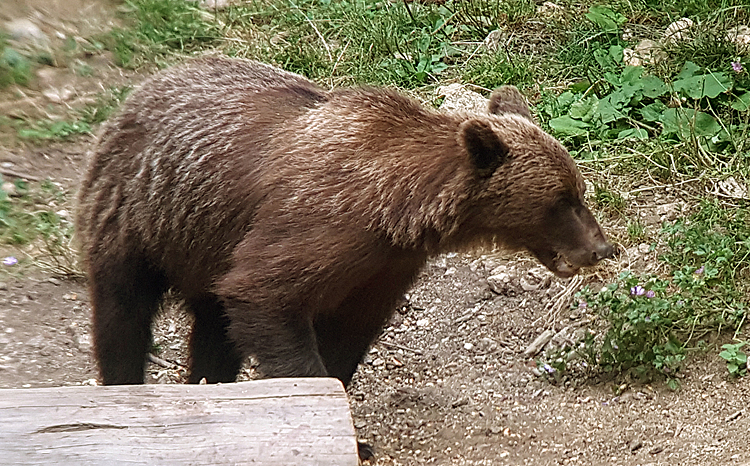 |
||
|
Brown Bear
|
|||
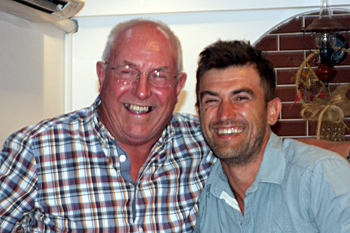 |
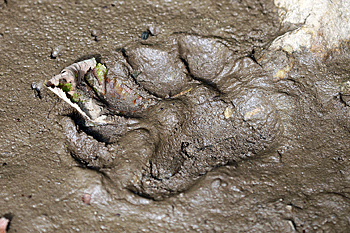 |
||
| Andy and Florian | Bear footprint | ||
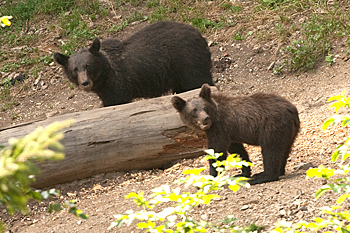 |
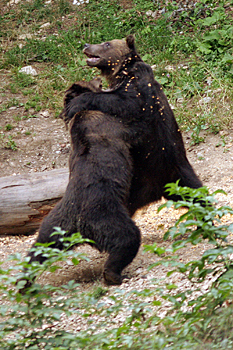 |
||
| Mummy bear and baby bear | Big tough fighting bears | ||
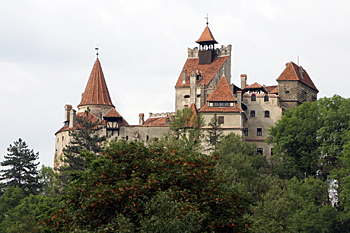 |
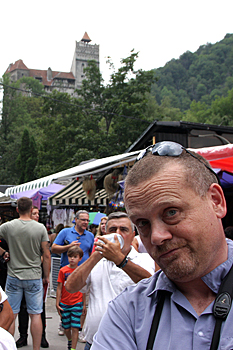 |
||
| Castle Bran | Simon being cynical about Castle Bran | ||
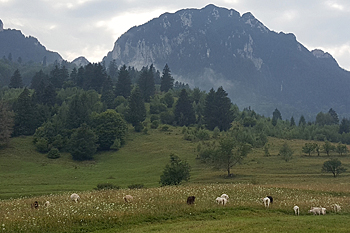 |
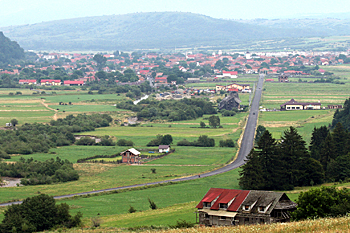 |
||
| Carpathian mountains | Carpathian valley | ||
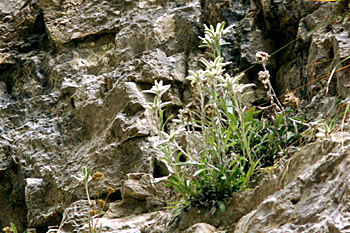 |
 |
||
|
Edelweiss
|
Red-backed Shrike
|
||
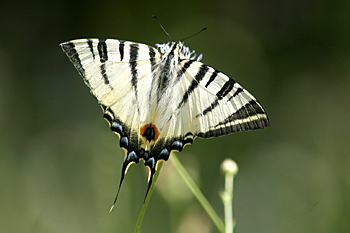 |
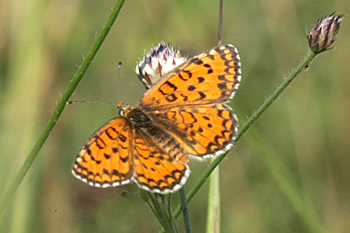 |
||
|
Scarce Swallowtail
|
Lesser Spotted Fritillary
|
||
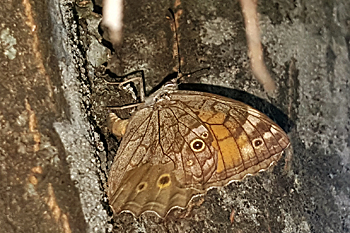 |
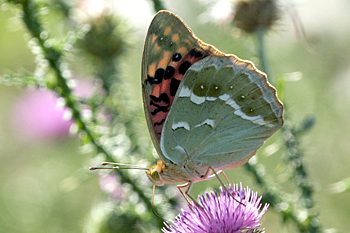 |
||
|
Latticed Brown
|
Cardinal
|
||
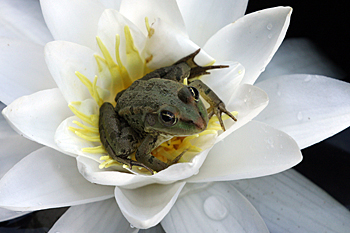 |
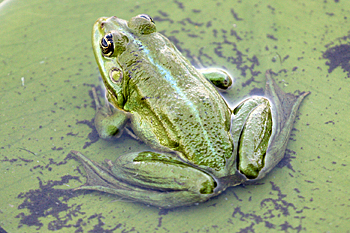 |
||
| Frog 1 | Frog 2 | ||
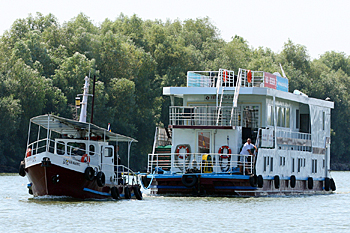 |
 |
||
|
Hotel and launch
|
Glossy Ibis
|
||
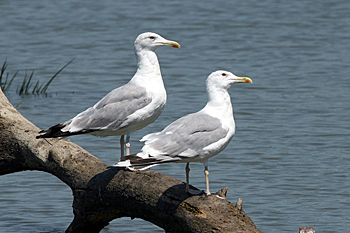 |
 |
||
| Caspian Gull | Freyer's Purple Emperor | ||
 |
|||
| White Pelican | |||
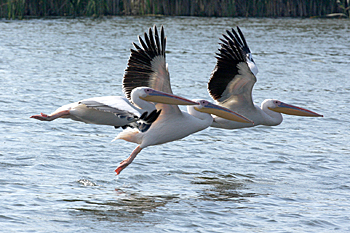 |
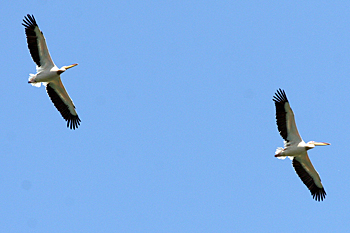 |
||
| Peli.... | ....cans | ||
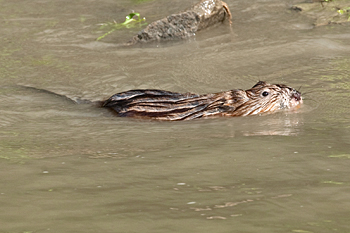 |
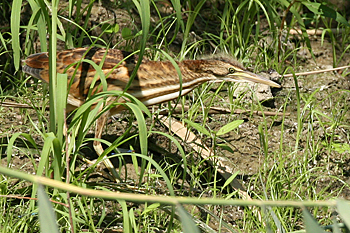 |
||
| Musk Rat | Little Bittern | ||
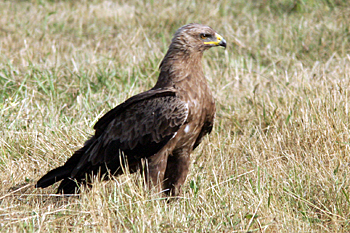 |
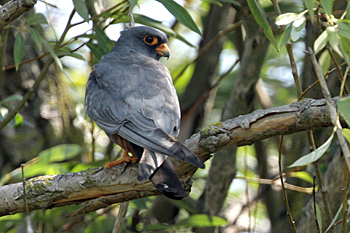 |
||
|
Lesser Spotted Eagle
|
Red-footed Falcon
|
||
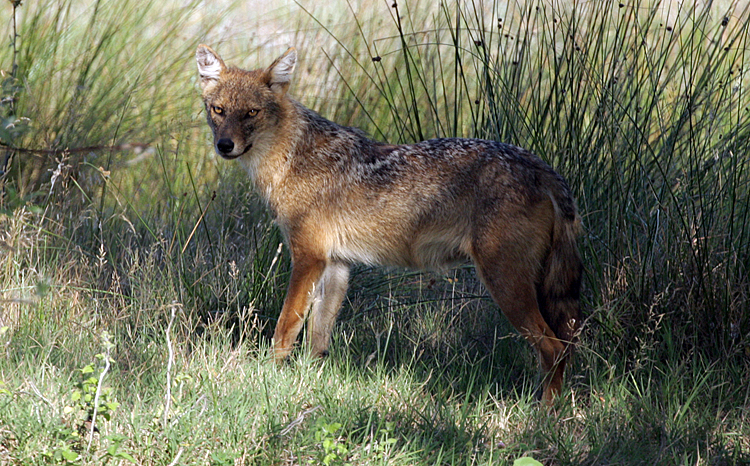 |
|||
| Golden Jackal | |||
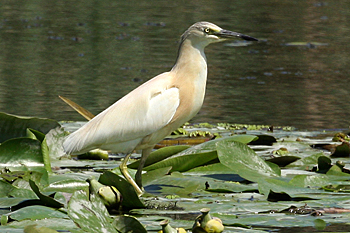 |
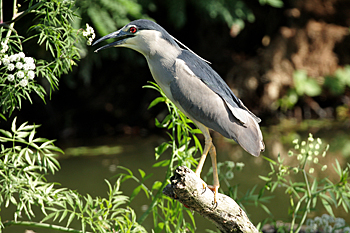 |
||
|
Squacco Heron
|
Night Heron
|
||
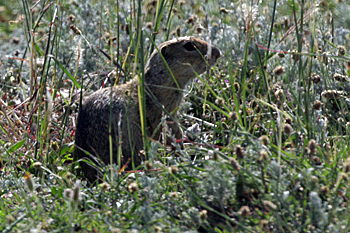 |
 |
||
|
Souslik
|
Isabelline Wheatear
|
||
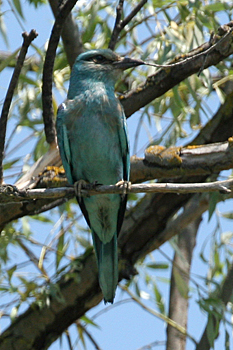 |
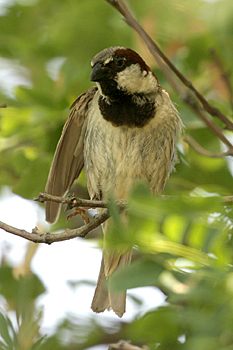 |
||
|
Roller
|
House x Spanish Sparrow hybrid
|
||
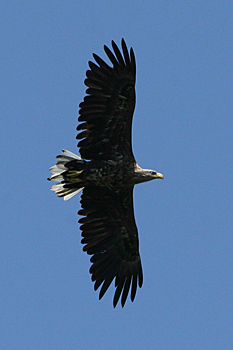 |
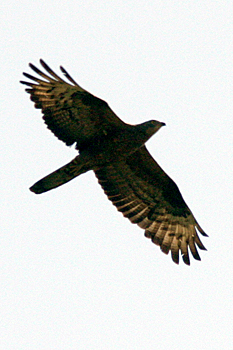 |
||
|
White-tailed Eagle
|
Honey-buzzard
|
||
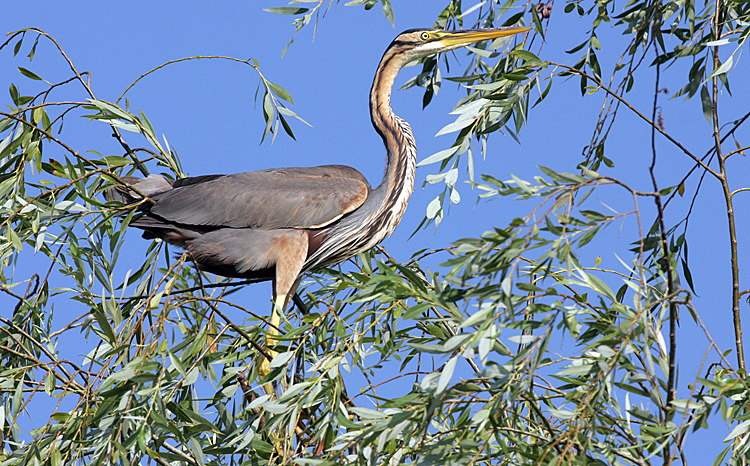 |
|||
| Purple Heron | |||